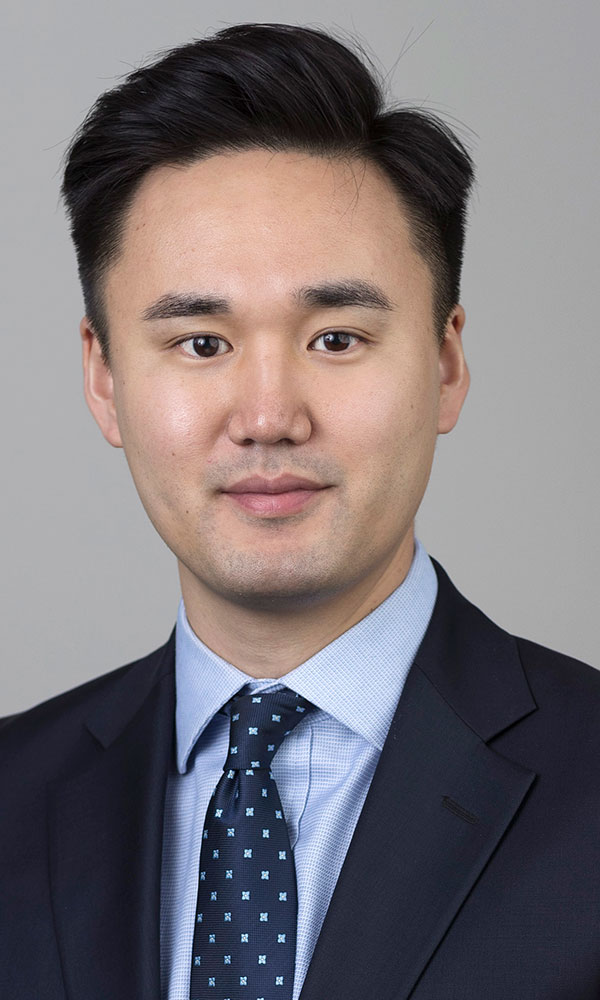However you feel about President Trump (and no doubt you feel something), his summit with North Korea’s Supreme Leader Kim Jong Un tomorrow in Singapore is a first, and if it goes well, it could become a defining moment for the President and his brand of “speak loudly and carry a big stick” diplomacy. The same, however, could be said if things go poorly. This is the first real diplomatic test for the Trump presidency. Can it do more than simply shred existing agreements or alliances? With North Korea, the President and his team will have to build a bridge to a nation so isolated that it’s often referred to as the Hermit Kingdom. But make no mistake—Kim Jong Un’s regime is far more sophisticated and well informed than most would have you believe (Kim, unlike his father, has left North Korea multiple times and was even educated as a child in Switzerland).
The two-hour summit, which will begin with a one-on-one meeting between Trump and Kim (along with translators), marks a diplomatic opening that has eluded every US President since the Korean War Armistice more than 70 years ago. Since then, a peace treaty between the two Koreas has never been signed, though Kim Jong Un and South Korean President Moon Jae-in met in May and discussed the possibility of a formal treaty. Just what’s at stake in this unprecedented meeting between two of the world’s most unpredictable leaders? I reached out to Joowon Park, Assistant Professor of Anthropology at Skidmore College, who is an expert on issues of citizenship and migration between North and South Korea (where Park is from), to find out what we can expect from the summit.

The answer is: It’s complicated. “This is the first time that the leaders of the US and North Korea are meeting face-to-face,” Park explains. “So it’s a good sort of branding or PR opportunity for both sides. They want to make the most of it—to make sure that this is not seen as a failure.” And what exactly does success look like for this first meeting? According to Park: “Ultimately, the two Koreas would like a peace treaty by Trump and Kim, a declaration that outlines a denuclearization process, and possibly a second round of talks.”
Park didn’t just grow up in South Korea; he also served in its military. “I was stationed on the front line of the North-South Korean border. And should North Korea attack South Korea, my regiment was responsible for counterattacking.” In the Korean Peninsula the Cold War never ended. Even if Trump secured just a formal peace treaty, that alone would mark a huge step in deescalating tensions in the region and precipitating a more fruitful relationship between the neighboring countries. But as Park points out, that’s going to require a lot more than just one sit-down. “A single meeting cannot end the nuclear weapons program with the stroke of pen,” he says. “It will require a long process. A sustained cooperation from all sides involved.”
It’s also important to note that although this is the first meeting to take place between the leaders of the US and North Korea, there have been many previous discussions and even denuclearization agreements between the two countries. In 1994, then-President Bill Clinton touted an agreement with the North Koreans, the Agreed Framework, that had all but fallen apart by the end of his presidency. His successor, George W. Bush, spent eight years in talks and negotiations (and some war games) with the regime that ultimately did not deter the North Koreans from continuing with their nuclear program.
So will the summit tomorrow between Trump and Kim Jong Un lead to denuclearization and peace in East Asia? Or will it be yet another hollow olive branch offered by the North Koreans? Well, sorry to say, but you’ll probably have to wait until the next meeting (or several) to find that out.


